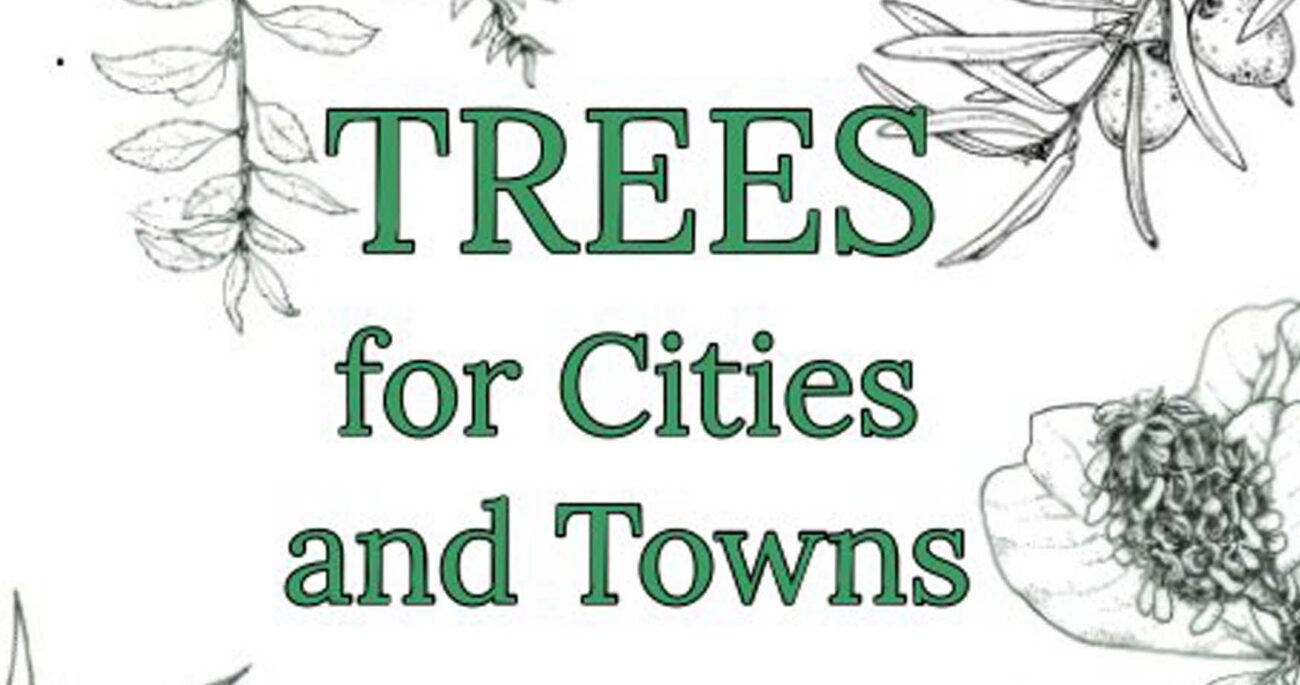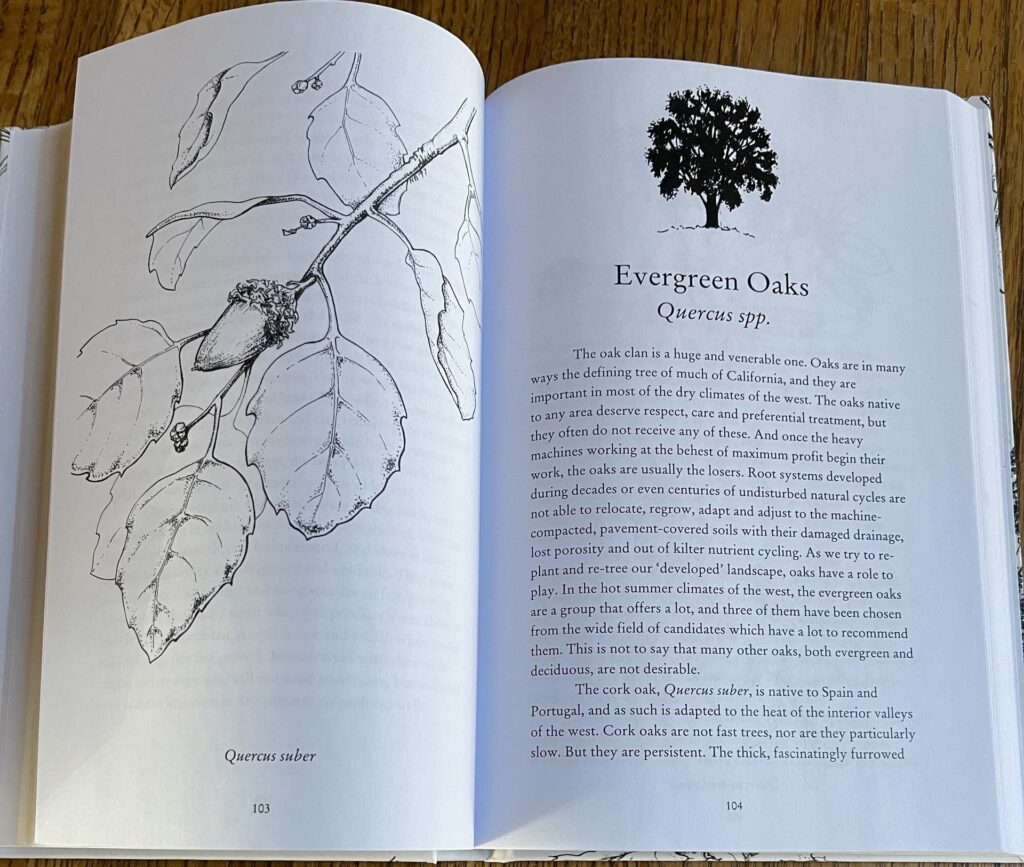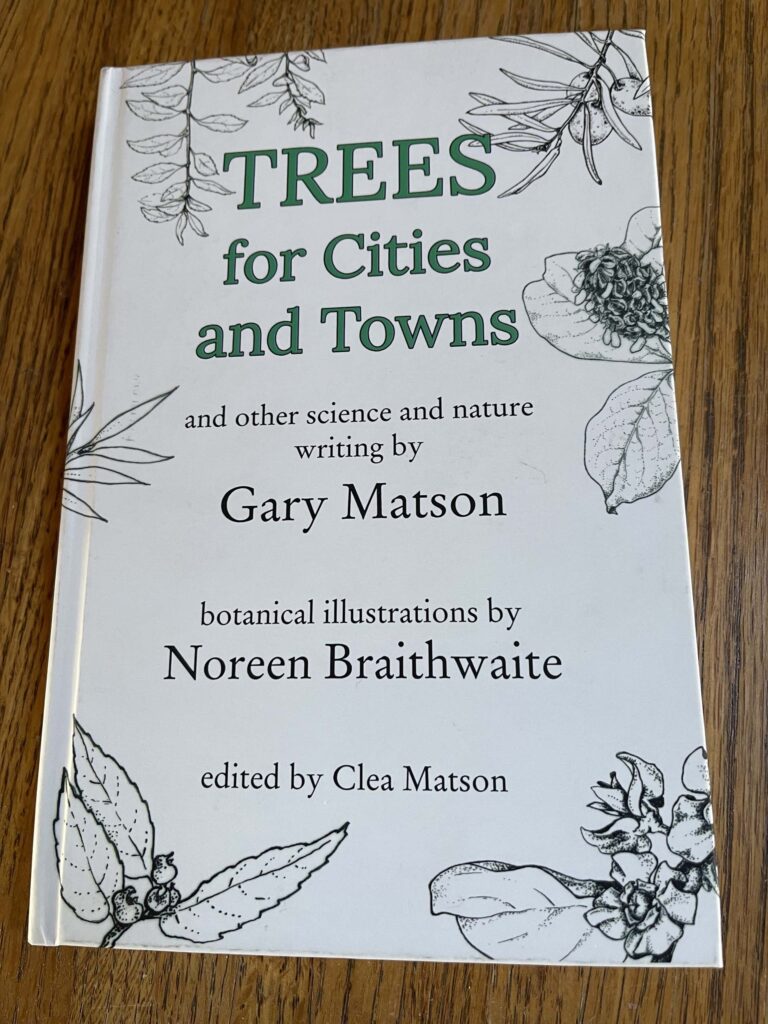
Looking for a fool-proof way to grow an abundant crop of tomatoes? Or how about when and how to properly trim tree branches? These topics and many more are addressed by the late botanist and author Gary Matson in the book Trees for Cities and Towns, which has been edited and published by his daughter Clea Matson. Noreen Braithwaite’s beautiful botanical illustrations accompany many of Gary’s articles in this neat collection of writings, and stand alone in another section of the tome.

The first two thirds of the book are devoted to tree descriptions, together with their growing characteristics and soil needs. Both native and non-native species are included in this rundown of trees that are well suited to Redding and areas with similar Mediterranean climates. For several trees, Gary even directs you to where specimens can be seen in and around Redding. For example, to view a bay tree (Umbellularia californica) growing in downtown Redding, he advises, A good specimen can be seen in the parking lot on the west side of the Caltrans building along Riverside Drive between the railroad and the building.
The remaining third of the book contains articles first published in Carter House Natural Museum and Redding Arboretum newsletters—topics ranging from grasslands and how they have changed over the last 200 years to riparian plants to the dreaded Himalayan blackberry (Rubus discolor = R. armeniacus), and, yes, a step-by-step tomato-growing regimen.
If you’d like to read this highly informative book, we hope to offer it soon in our Shasta Chapter CNPS book collection. But if you just can’t wait, it can be ordered directly from the publisher online: blurb. ~Chris Harvey

